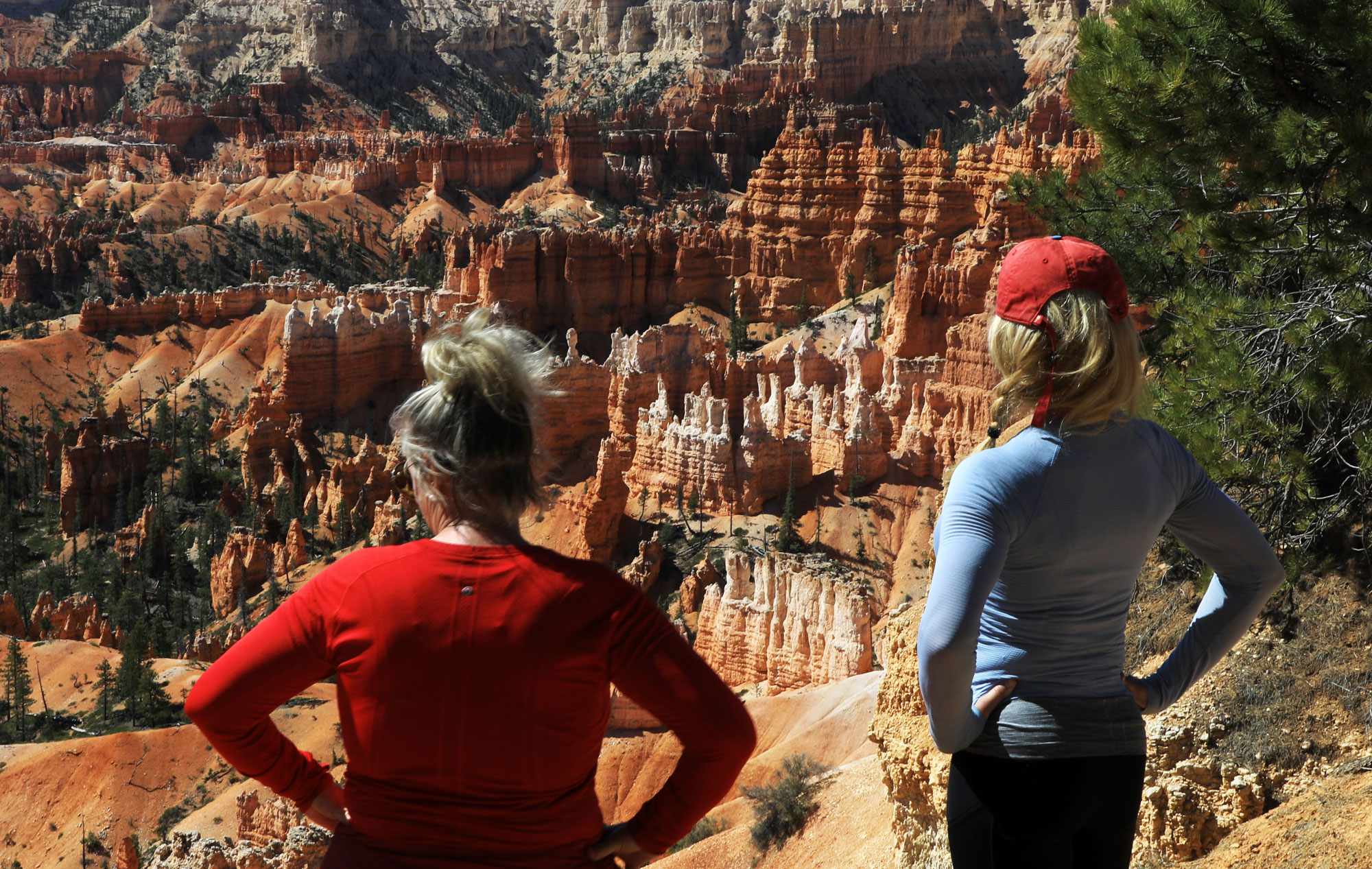National Park Etiquette
The National Parks Service was created 100 years ago to protect America’s natural wonders, but it’s not the park rangers job alone…
We spend a lot of time in the parks as guides, consultants, photographers, and with friends and family. They have been special to us since our childhood and are a big part of our everyday lives. We’ve seen the changes in visitation through the years and can recall times when when we may have been the only ones on a trail that are now lined with visitors. As a result of this growth the parks are experiencing unprecedented challenges with no easy solutions. However, there are things we can do to help.
The parks are massive, Yellowstone alone covers more than two million acres. It’s impossible for park staff to be in all places to educate and enforce, which is why it’s so important for us to be good stewards, and to be another set of eyes and ears to help educate and to report vandalism when spotted. After all, these are our parks!
This article is specifically for public land managed by the national park service. Other public lands such as the national forest service and bureau of land management have rules that differ from the parks’ that aren’t as stringent. We’ll talk about these places another time.
Brush Up on Park Etiquette
- Stay on the trail – Cryptobiotic soil and other living soils and vegetation are easily damaged and destroyed when stepped on.
- Pets in the park – In general, pets are only allowed in parking lots, in your car, in most campgrounds and within 50 feet of the road — on a six-foot leash at all times. Service dogs are the exception; comfort dogs are not considered service dogs in most parks.
- Right of way – When hiking, in general, down-hillers yield to up-hillers, hikers yield to horses and bikers. Courtesy goes a long way on the trail and keeps everyone safe.
- Littering – Don litter, seems obvious, right? Even orange peels, sunflower seeds, and organic material left on the trail is considered litter.
- Graffiti – Carving in rock, trees, or even slinging mud on sandstone is never a good idea in the parks. Ancient native Americans pecking petroglyphs and cowboys shooting their names in rock in the 1800’s doesn’t justify your actions. Look up the Antiquities Act then prepare yourself for a hefty fine and possible jail time if you get caught. Repairing sites that are vandalized is expensive and labor intensive. Report vandalism when spotted.
- Cairns – Cairns are trail markers not art piece to be posted on social media. Stacking rocks like cairns can lead to hikers getting lost when randomly placed.
- Leave what you find – Leave on footprints, take only photographs.
- Parking – Park only in designated areas. We know the parks have limited parking space, which is a real problem. We have to deal with this all the time on tours. Crowds and lack of parking don’t justify your creation of a new parking space. We’ve seem some very creative parking maneuvers that were rewarded with a park service momento on the windshield.
- Obey posted signs – How many times have we seen someone walk right past a sign indicating that they’re off the trail. We see it quite often, or at least see the evidence of frequent infractions. Signs are posted for a reason. Be aware of signs and know where to go and what to avoid ahead of time. Park rangers don’t accept ignorance as an excuse.
- Set an example for kids – Many of you may remember the incident at Goblin Valley State Park of the scoutmaster who pushed the boulder over then posted it on YouTube. Don’t be this guy! Be a good steward and pass this example on to the next generations. This list is a good start for teaching our kids how to treat the parks as visitors.
- Know before you go – Don’t become headline news by being unprepared or getting in over your head in the wilderness and backcountry regions of the parks. The parks this past year experienced an unprecedented number of search and rescue missions, many of which could have been avoided had the visitors done their homework or know their limitations.
- Respect the locals – national park towns and cities have a love-hate relationship with tourism. It makes for a nice economy but resentment builds when tourists are disrespectful of local property and space.
- Drones – We’ve caught guys flying their drones in several parks including Bryce, Grand Canyon, and Yellowstone. We’re both drone pilots and agree that drones don’t belong in the parks. If they were, the parks would sound like a beehive. It’s against park rules to fly “unmanned aircraft” within park boundaries. Here is a link the official park statement on flying drones, Unmanned Aircraft in the National Parks (U.S. National Park Service) (nps.gov)
- All rules apply to you! Like all civil laws, park rules don’t apply to just a few. They apply to everyone!
- Wildlife – 75 feet from non-predators, 300 feet from predators. We don’t believe this really needs any explanation, yet we hear every year tourists getting launched by a bison or chased by a bear. Don’t become a member of our “Thinning the Herd” club!
Here are a few additional resources on do’s and don’ts in the parks
10 Things You Should Never Do in a National Park (thedyrt.com)
Hiking Etiquette (U.S. National Park Service) (nps.gov)
National Park Etiquette – 25 Do’s and Don’ts when Visiting a National Park – Park Chasers
7 Ways to Safely Watch Wildlife – Watching Wildlife (U.S. National Park Service) (nps.gov)




Leave a Reply
Want to join the discussion?Feel free to contribute!